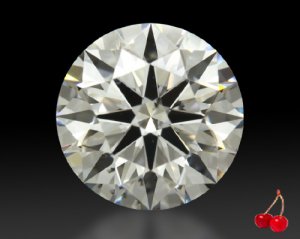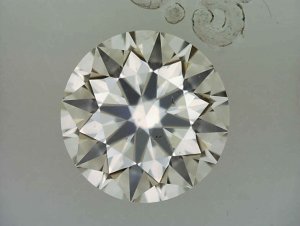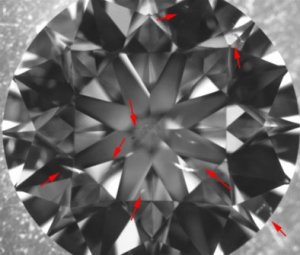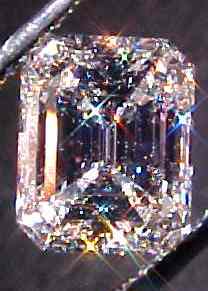less_confused
Rough_Rock
- Joined
- Jul 13, 2009
- Messages
- 72
I notice that the photos in JamesAllen are taken against a white background an dthe photos for Whiteflash againsta black background.
When I look at VS2 stones, GIA both, I see an interesting difference.
JA photos show a lot of inclusion detail whereas WF photos seem to be perfect and pristine.
Why the difference?
When I look at VS2 stones, GIA both, I see an interesting difference.
JA photos show a lot of inclusion detail whereas WF photos seem to be perfect and pristine.
Why the difference?



















300x240.png)